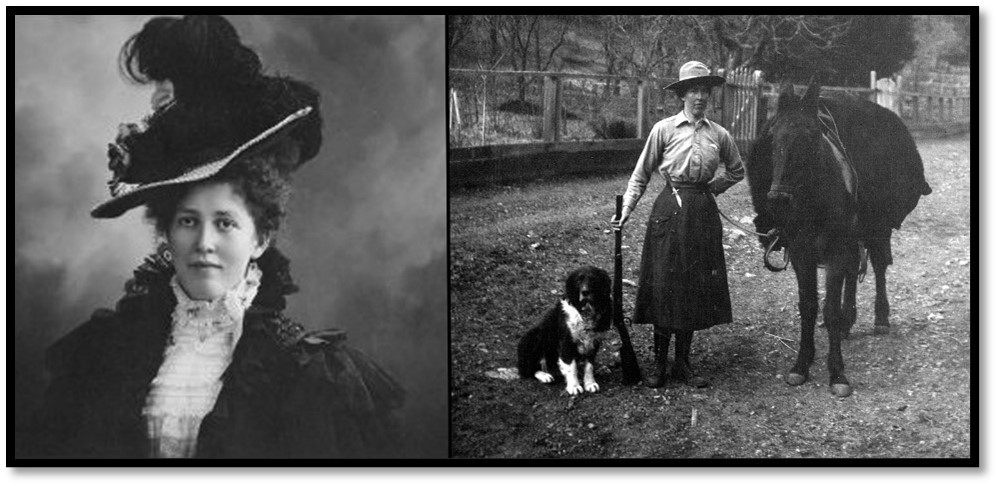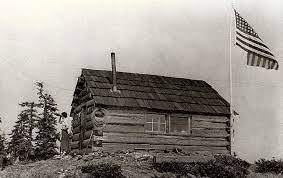Voices-Women in the Pallet Industry
March is Women’s History Month and we at Nature’s Packaging are here for it. All of the blog posts for this month were about women and their impact on forestry, forest products, and the pallet industry. For our final post of this month, we asked women in the pallet community one question:
How have women changed the pallet industry?
Su So-Longman – President
Pallet Central Enterprises
When I started Pallet Central Enterprises 17 years ago, it was rare to find women in a leadership role in this industry. I found such statistics exciting since I have always lived to compete and thrive in challenging circumstances.
Women have advanced light years since that beginning. Now, it is not uncommon to see some of the best pallet companies in the US, owned and operated by women. They are also plant managers, purchasing directors, and account managers among other roles. That is a testament to how involved women have become in every aspect of the pallet industry.
Women certainly possess the more traditional leadership skills, but they also bring a depth of understanding, flexibility, and true work ethic to the workplace. This is demonstrated in the loyalty and longevity of employee relationships, as well as the connections with customers and vendors.
I am proud to say that women are 80% of my in-office work family at Pallet Central Enterprises, and my management team consists of 90% women who oversee daily operations, including sales and accounting. Our national sales manager, who is also a woman, is on the board of the NWPCA.
Women of pallet industry are here to stay, and the industry is definitely better for it.
Julie DeRoush – National Director of Supply Chain
TRI-Pac North America
Women have brought a fresh perspective to the pallet industry through forward thinking and personal connection to customers. Women are largely having the day-to-day conversations with the customer base and have played an integral role in identifying and introducing innovative technology and tools that support the internal expediency and “Just-In-Time” service that customers are demanding. We are calculated risk takers and problem solvers that balance the chaos this industry tends to thrive in.
Beatrice Vasquez – President
Oxnard Pallet Company
Some strengths women have is the ability to multi-task effectively, demonstrate patience, show compassion/respect/flexibility with others (especially employees), and maintain good organizational skills. I believe our attention to detail along with all these strengths have placed an important and vital role for us within the pallet industry in helping to surge forward for more growth potential!
Kristin Kopp – VP of Communications and Marketing
48 Forty Solutions
What I have noticed from women in the pallet industry who I have had the pleasure of working with, is that they bring a sense of humility and thoughtfulness to the table. There are a lot of broader and deeper discussions taking place that might not have otherwise. Pushing the why of initiatives and results to discern “how we got here” rather than just focusing on the numbers themselves, is something I enjoy seeing. What I love most about women in this industry is there is a toughness and resilience which I think a predominantly male industry both appreciate and respect. This respect encourages pallet businesses to hire more women, softening the edges of their businesses a bit, and being open to a whole different style of thinking, feeling, discussing and problem-solving.
Carolyn Beach – Chairwoman of the NWPCA Board
Co-Owner Westside Pallets
Women in the industry are much more present. More women are not only finding careers in the pallet industry and other industries associated with pallets, but they are more involved in the associations such as NWPCA and WPA. It’s encouraging that it is common to see women in the pallet industry.
We close the month of March celebrating Women’s History and their contribution to this industry. We look forward to the continuation of women taking leadership roles in all of the trade associations (NWPCA, WPA, CWPCA) affiliated with the pallet industry.








